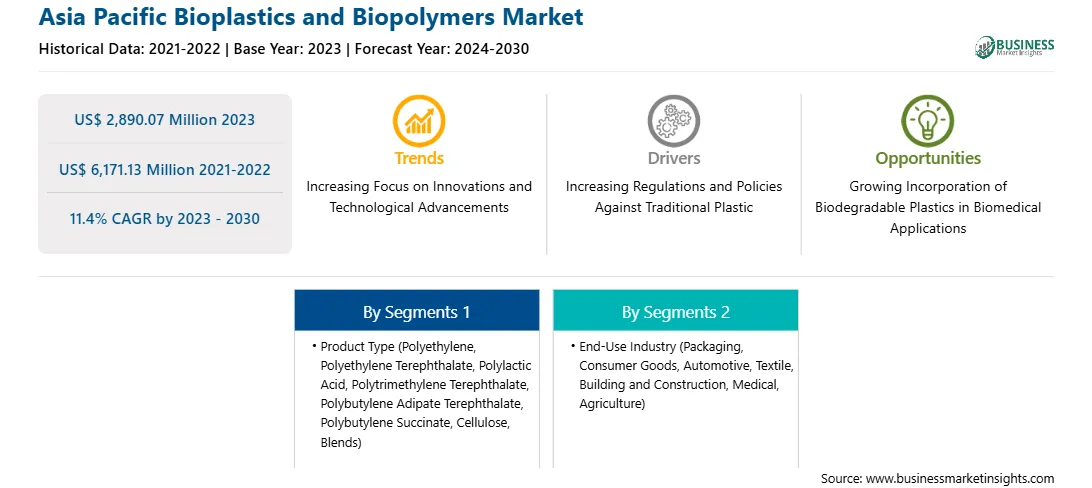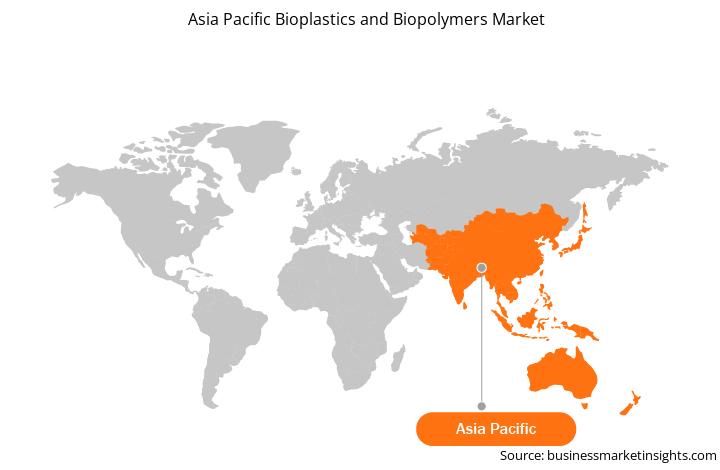In the biomedical industry, bioplastics are highly applicable in skin replacements for burnings and wounds, scaffolds for tissue engineering, bone reconstruction, nerves and gum reconstruction, drugs releasing system, blood vessel growth and stent covering. Furthermore, nontoxic biodegradable bioplastics sutures, commonly referred to as stitches, are being used by medical professionals in hospitals and surgeries. Biodegradable plastics are also used for medical devices. For instance, pins, tacks, and screws, which are used to help bones heal during reconstructive surgery, are made with bioplastics. Containers for tablets and creams can also be produced utilizing bioplastic. Besides, in the dental industry, bioplastics-based nanocellulose has been used in dental tissue regeneration in humans, produced from microbial cellulose by the Glucanacetobacter xylinus strain. Biodegradable plastics such as PLA; PCL; poly lactic-co-glycolic acid (PLGA) and poly-hydroxyalkanoate (PHA), along with their copolymers, are applied in the human centric biomedical applications. For instance, PLA is widely used in medical applications owing to its biocompatibility and bio dissolvability in the human body by the hydrolysis of the ester backbone to produce non-harmful and nontoxic compounds after its degradation. PLA and its copolymers are also used in wound management applications that includes the manufacturing of surgical sutures, prevention of postoperative adhesions, and the healing of dental wounds. PLA is used in drug delivery systems considering its complete biodegradability, better encapsulation, biocompatibility, and low toxicity. Biodegradable plastics are also used in the orthopaedic applications to avoid a second surgical procedure to remove unnecessary hardware.
Conventional plastic is expected to become more expensive in the future with diminishing raw material sources. The PLA and its copolymers are used in various wound management applications, such as healing dental wounds, making surgical sutures, and preventing postoperative adhesions. PLA has also been implemented in the drug delivery system owing to its encapsulation capacity, low toxicity, and biocompatibility. Thus, all the aforementioned factors are estimated to offer lucrative opportunities for the bioplastics and biopolymers market over the coming years.
The Asia Pacific bioplastics and biopolymers market is divided into Australia, China, India, Japan, South Korea, and the Rest of Asia Pacific. Factors such as the growth of the packaging industry, governments’ policies encouraging the adoption of environment-friendly products, rising environmental concerns, and growing investments by key market players are driving the bioplastics and biopolymers market growth in the region. Consumers are increasingly shifting toward bio-based plastics due to increasing environment-related regulations and government initiatives to encourage environmental awareness. The rising number of bans on traditional plastics proves to be the primary driver for regional market growth. As countries such as India and China are environmentally concerned, companies are shifting to bioplastics and biopolymers, which is anticipated to help them acquire a higher consumer market share.
The Asia Pacific bioplastics and biopolymers market is segmented into product type, end-use industry, and country.
Based on product type, the Asia Pacific bioplastics and biopolymers market is segmented into polyethylene, polyethylene terephthalate, polylactic acid, polytrimethylene terephthalate, polybutylene adipate terephthalate, polybutylene succinate, cellulose, blends, and others. The blends segment accounted the largest share of the Asia Pacific bioplastics and biopolymers market in 2023.
Based on end-use industry, the Asia Pacific bioplastics and biopolymers market is divided into packaging, consumer goods, automotive, textile, building and construction, medical, agriculture, and others. The packaging segment held the largest share of the Asia Pacific bioplastics and biopolymers market in 2023.
Based on country, the Asia Pacific bioplastics and biopolymers market is segmented into Australia, China, India, Japan, South Korea, and the Rest of Asia Pacific. China dominated the Asia Pacific bioplastics and biopolymers market in 2023.
Arkema SA, BASF SE, Braskem SA, Cardia Bioplastics Australia Pty Ltd, Corbion NV, Eastman Chemical Co, Mitsubishi Chemical Holdings Corp, Mitsui Chemicals Inc, Novamont SpA, and Saudi Basic Industries Corp are some of the leading companies operating in the Asia Pacific bioplastics and biopolymers market.
Strategic insights for the Asia Pacific Bioplastics and Biopolymers provides data-driven analysis of the industry landscape, including current trends, key players, and regional nuances. These insights offer actionable recommendations, enabling readers to differentiate themselves from competitors by identifying untapped segments or developing unique value propositions. Leveraging data analytics, these insights help industry players anticipate the market shifts, whether investors, manufacturers, or other stakeholders. A future-oriented perspective is essential, helping stakeholders anticipate market shifts and position themselves for long-term success in this dynamic region. Ultimately, effective strategic insights empower readers to make informed decisions that drive profitability and achieve their business objectives within the market.

| Report Attribute | Details |
|---|---|
| Market size in 2023 | US$ 2,890.07 Million |
| Market Size by 2030 | US$ 6,171.13 Million |
| Global CAGR (2023 - 2030) | 11.4% |
| Historical Data | 2021-2022 |
| Forecast period | 2024-2030 |
| Segments Covered |
By Product Type
|
| Regions and Countries Covered | Asia-Pacific
|
| Market leaders and key company profiles |
The geographic scope of the Asia Pacific Bioplastics and Biopolymers refers to the specific areas in which a business operates and competes. Understanding local distinctions, such as diverse consumer preferences (e.g., demand for specific plug types or battery backup durations), varying economic conditions, and regulatory environments, is crucial for tailoring strategies to specific markets. Businesses can expand their reach by identifying underserved areas or adapting their offerings to meet local demands. A clear market focus allows for more effective resource allocation, targeted marketing campaigns, and better positioning against local competitors, ultimately driving growth in those targeted areas.

The Asia Pacific Bioplastics and Biopolymers Market is valued at US$ 2,890.07 Million in 2023, it is projected to reach US$ 6,171.13 Million by 2030.
As per our report Asia Pacific Bioplastics and Biopolymers Market, the market size is valued at US$ 2,890.07 Million in 2023, projecting it to reach US$ 6,171.13 Million by 2030. This translates to a CAGR of approximately 11.4% during the forecast period.
The Asia Pacific Bioplastics and Biopolymers Market report typically cover these key segments-
The historic period, base year, and forecast period can vary slightly depending on the specific market research report. However, for the Asia Pacific Bioplastics and Biopolymers Market report:
The Asia Pacific Bioplastics and Biopolymers Market is populated by several key players, each contributing to its growth and innovation. Some of the major players include:
The Asia Pacific Bioplastics and Biopolymers Market report is valuable for diverse stakeholders, including:
Essentially, anyone involved in or considering involvement in the Asia Pacific Bioplastics and Biopolymers Market value chain can benefit from the information contained in a comprehensive market report.